
Kate Baggaley
Reporter, Life Sciences and Physical Sciences
Kate Baggaley, based in northern New Jersey, covers Life Sciences and Physical Sciences for The Academic Times. Prior to that, Kate was a freelance reporter whose work appeared in Popular Science, NBC News MACH and other publications. She has a master’s degree from New York University’s Science, Health, and Environmental Reporting Program and a degree in biology from Vassar College.
Scientists have discovered acoustic evidence of a small but unexpected trove of small fish and zooplankton hundreds of meters below the surface of the icy Central Arctic Ocean, an area that will become more exposed due to climate change in the coming decades.
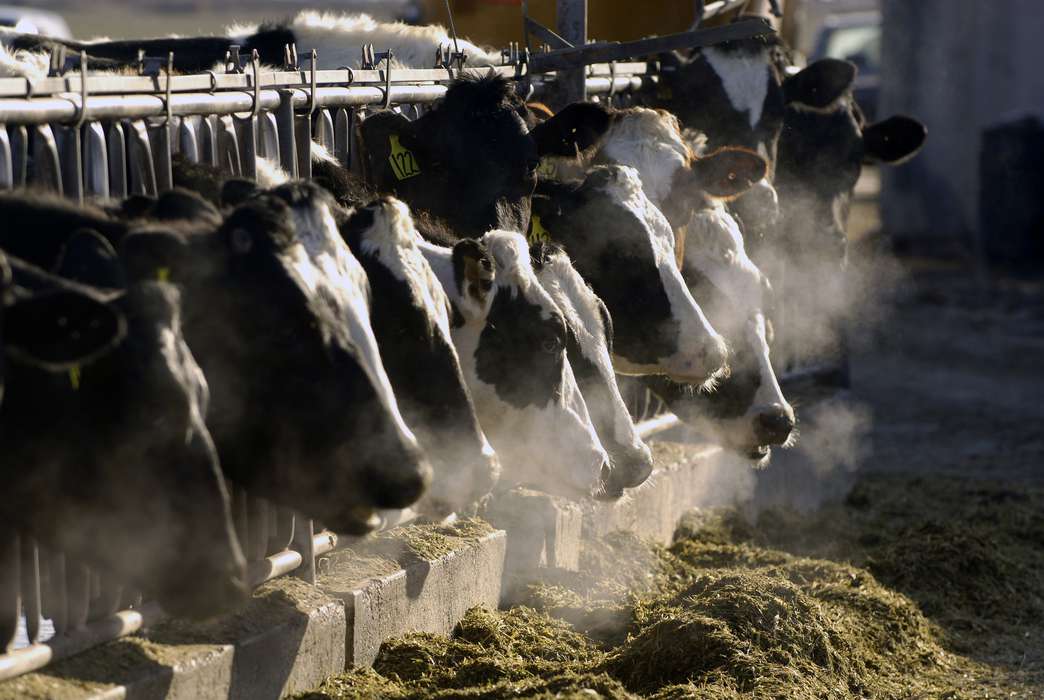
 Scientists used lasers to measure methane emissions from cows more precisely over large areas than previously possible, which could lead to better estimates of how much greenhouse gas livestock produce.
Scientists used lasers to measure methane emissions from cows more precisely over large areas than previously possible, which could lead to better estimates of how much greenhouse gas livestock produce.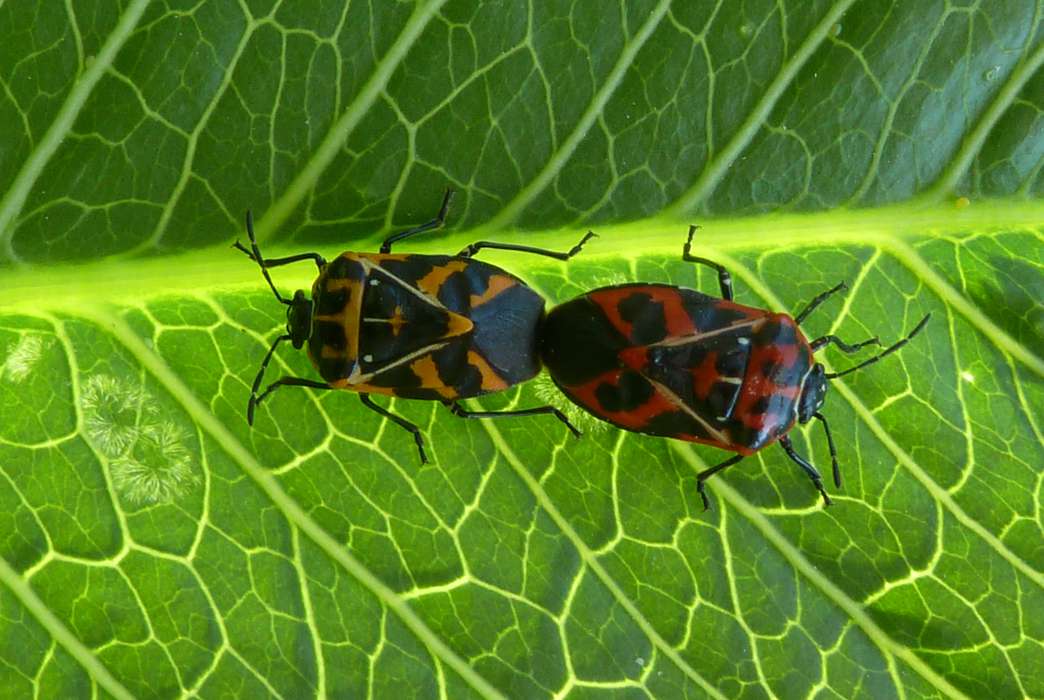
 Stink bugs feast upon crops around the U.S. and are notoriously difficult to control with traditional pesticides. However, scientists at Virginia Polytechnic Institute and State University are seeking a patent for a potentially more effective — and greener — strategy, which involves luring the bugs away with pheromones produced by genetically engineered microbes and plants.
Stink bugs feast upon crops around the U.S. and are notoriously difficult to control with traditional pesticides. However, scientists at Virginia Polytechnic Institute and State University are seeking a patent for a potentially more effective — and greener — strategy, which involves luring the bugs away with pheromones produced by genetically engineered microbes and plants.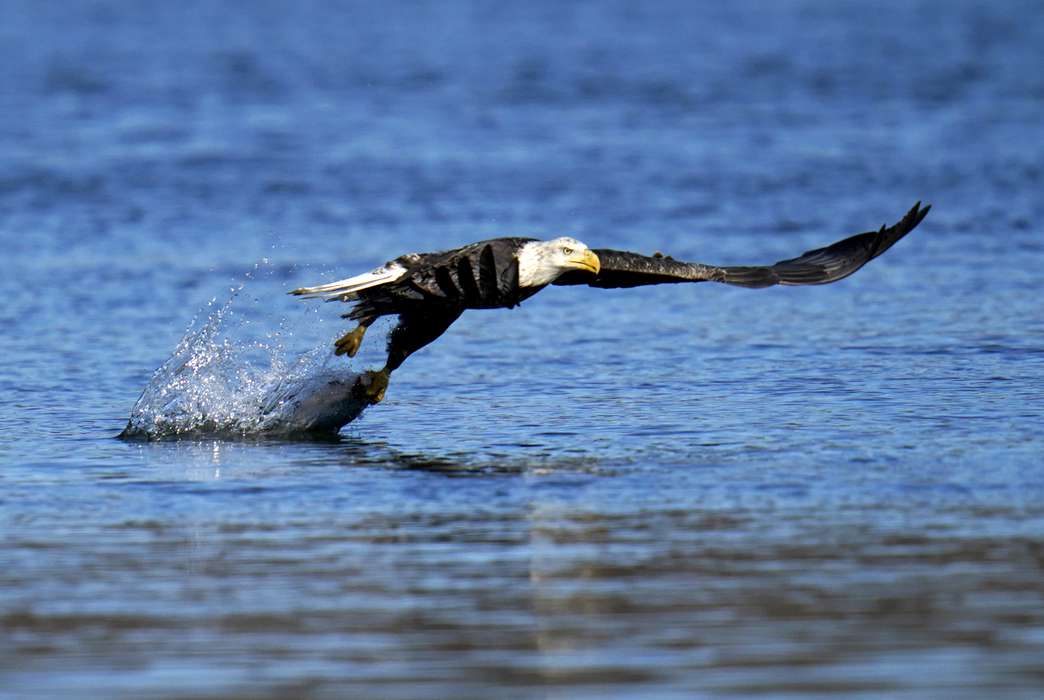
 A cyanobacterial neurotoxin produced by blue-green algae is responsible for die-offs of bald eagles and other birds dating back to the 1990s, scientists reported this week.
A cyanobacterial neurotoxin produced by blue-green algae is responsible for die-offs of bald eagles and other birds dating back to the 1990s, scientists reported this week.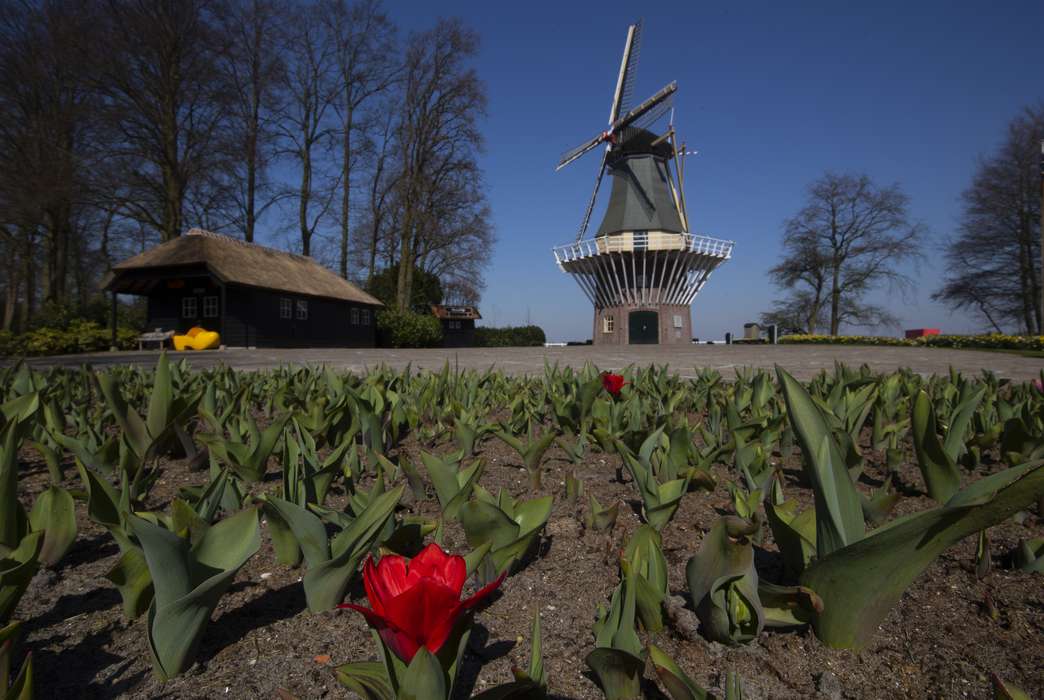
 There’s a tradeoff between the amount of carbon plants and soil can sequester in response to greenhouse gas emissions, scientists reported this week, which means that current climate models may be overestimating how much carbon the world’s forests will be able to remove from the atmosphere.
There’s a tradeoff between the amount of carbon plants and soil can sequester in response to greenhouse gas emissions, scientists reported this week, which means that current climate models may be overestimating how much carbon the world’s forests will be able to remove from the atmosphere.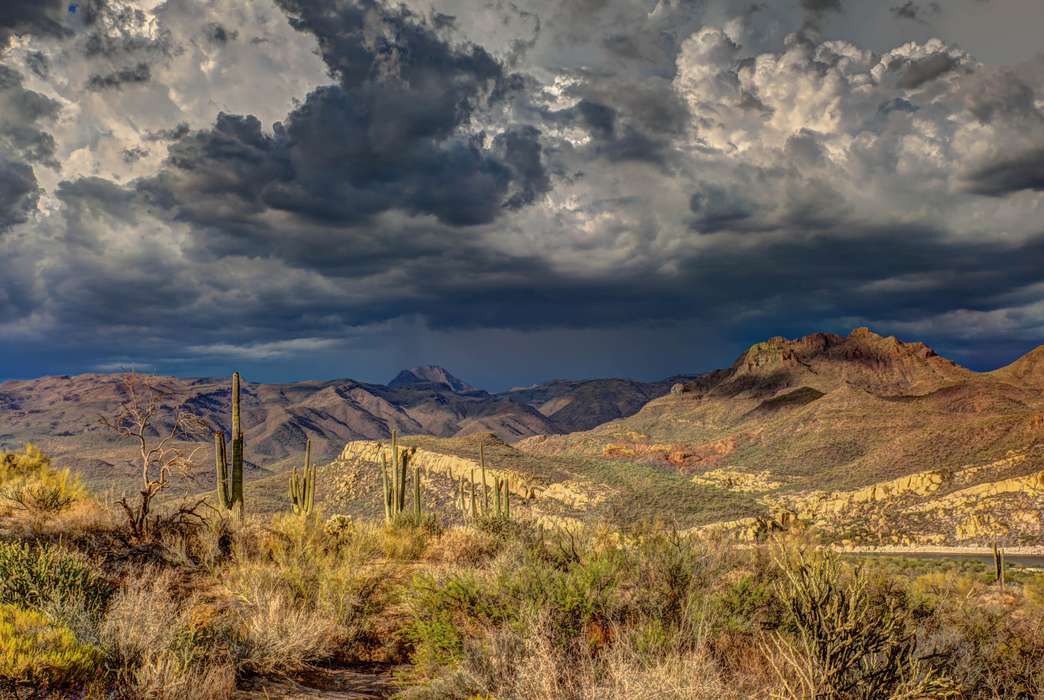
 The deserts of North America are an unexpected hotspot for butterfly biodiversity, new research indicates, underscoring the importance of conserving these regions.
The deserts of North America are an unexpected hotspot for butterfly biodiversity, new research indicates, underscoring the importance of conserving these regions.Many tornadoes are wider and have stronger winds than suggested by surveys of the destruction they leave behind, scientists reported this week, revealing a potential need for updating tornado hazard maps and building codes.

 Stormwater runoff in Miami and other cities in southeast Florida could swell by about 80% to nearly 120% within the next several decades, scientists have reported, indicating that existing sewers and canals will be inundated without substantial upgrades.
Stormwater runoff in Miami and other cities in southeast Florida could swell by about 80% to nearly 120% within the next several decades, scientists have reported, indicating that existing sewers and canals will be inundated without substantial upgrades.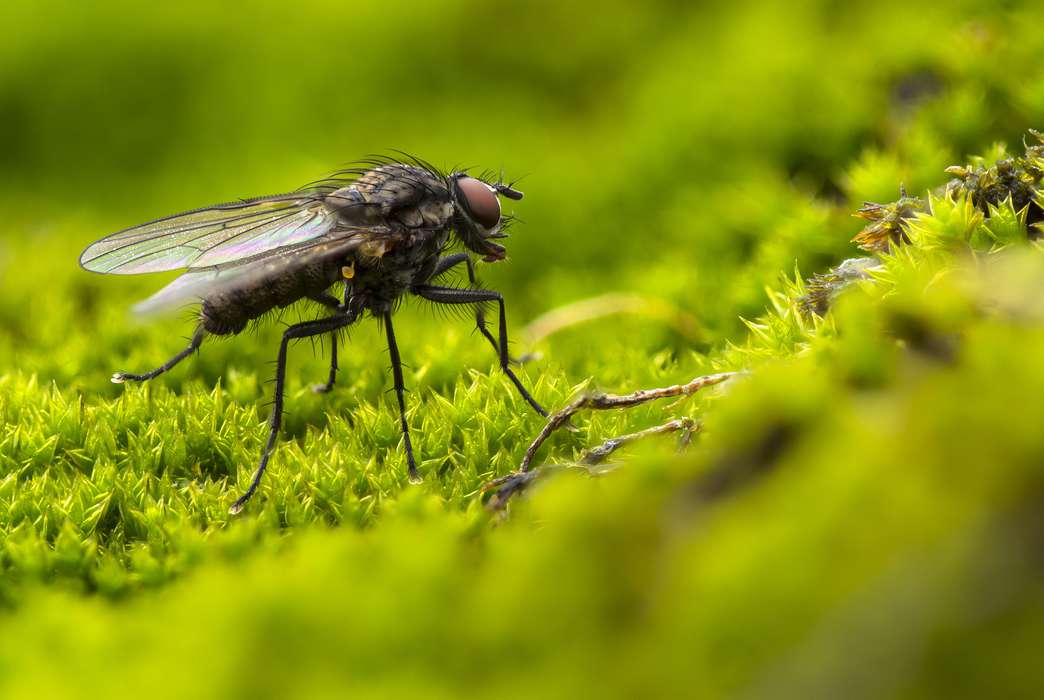
 A host of genes work together to make some fruit flies into aerial acrobats while others remain weaker fliers, demonstrating how different genes interact to give rise to complex traits.
A host of genes work together to make some fruit flies into aerial acrobats while others remain weaker fliers, demonstrating how different genes interact to give rise to complex traits.Feeding red seaweed to cattle dramatically and persistently reduces the amount of methane the animals emit, indicating that supplementing their diets with small amounts of the algae could cut down on the livestock industry’s carbon footprint, scientists reported this week.